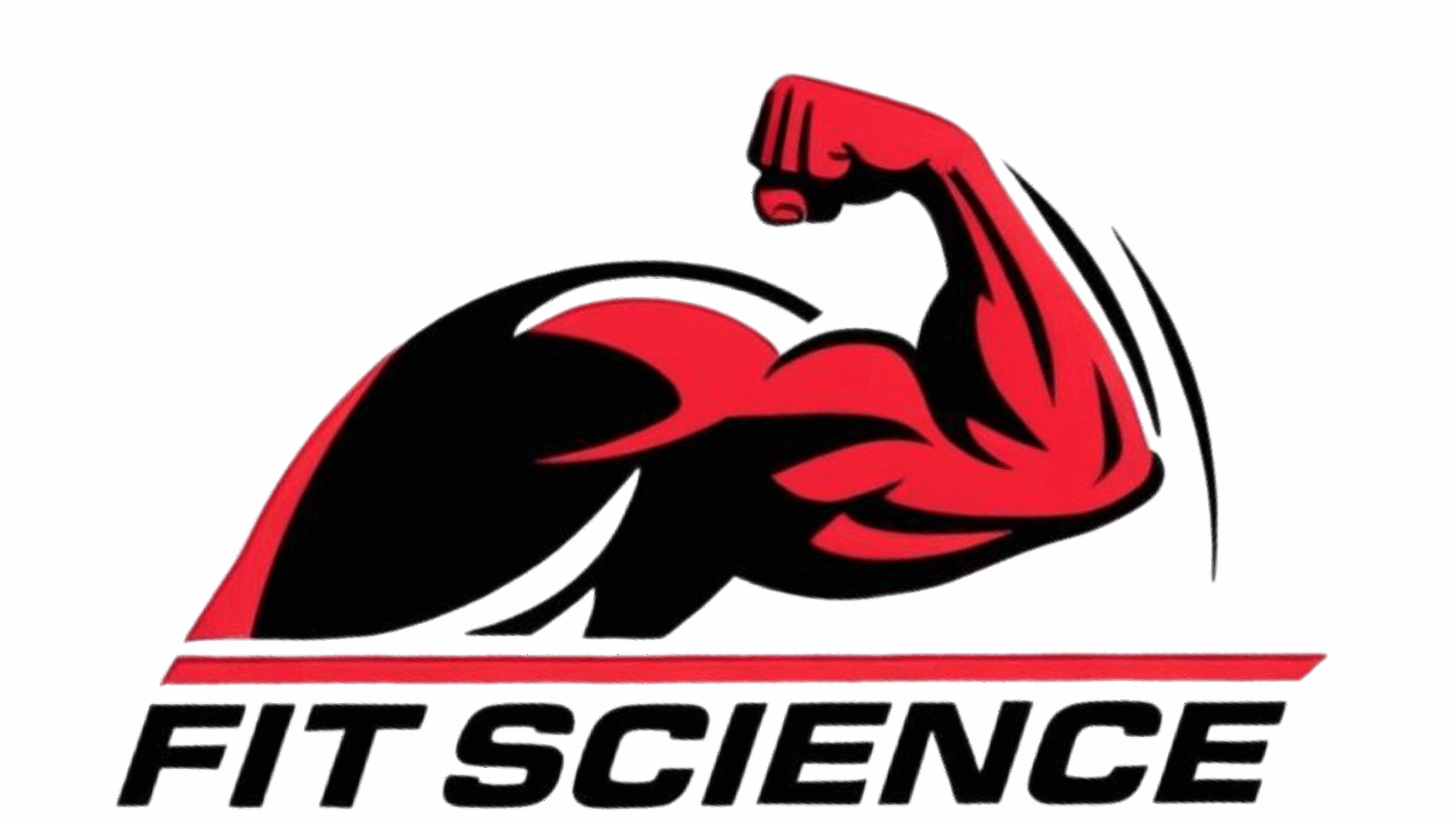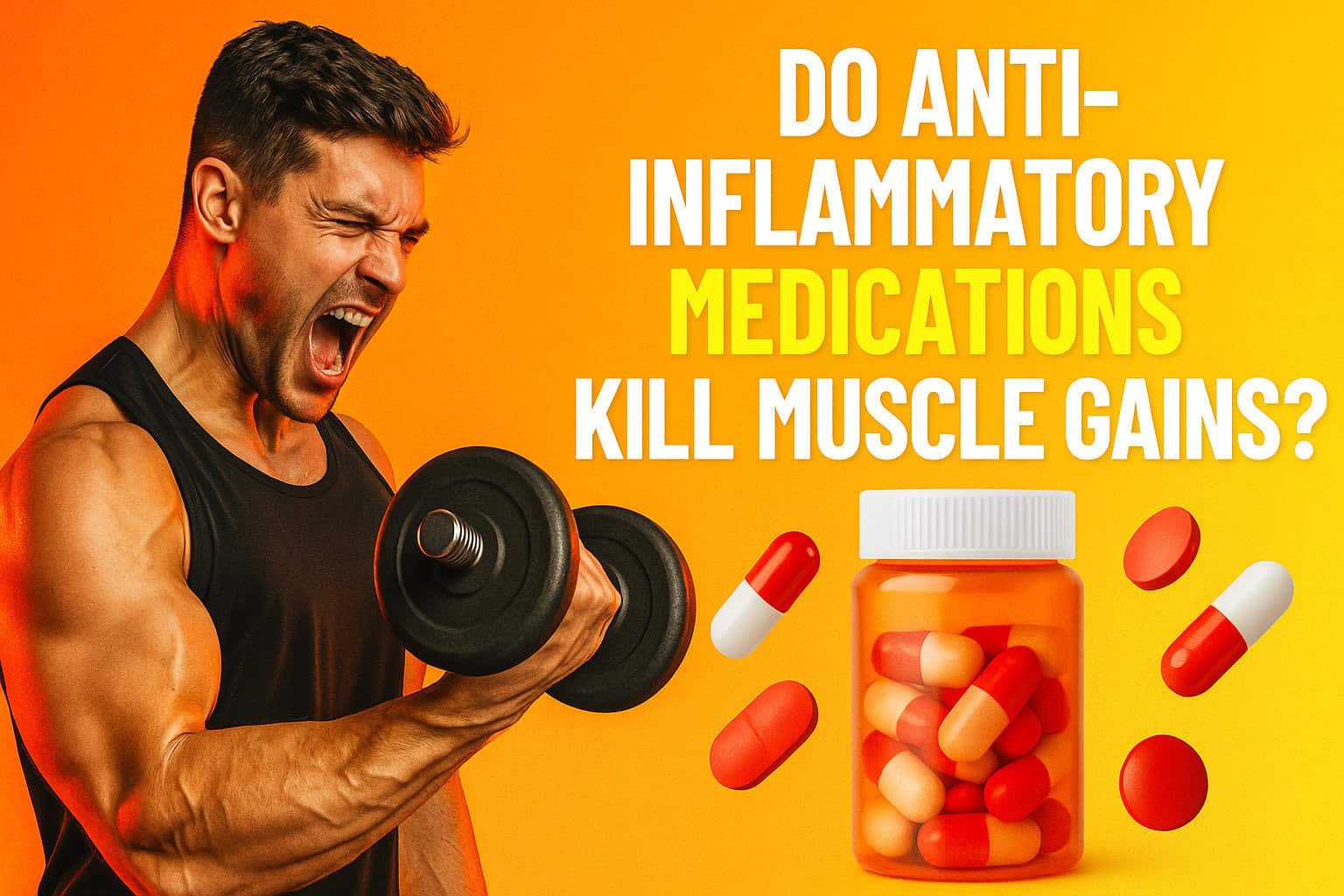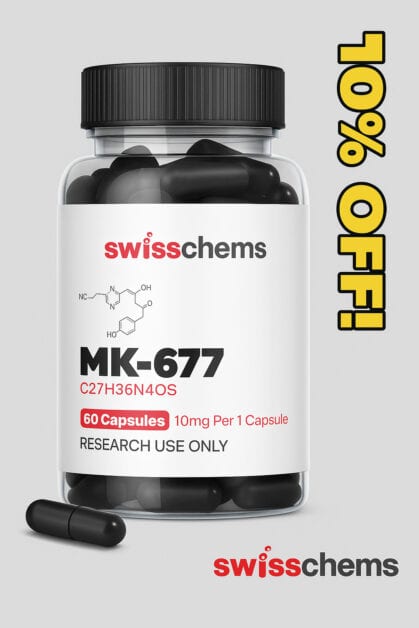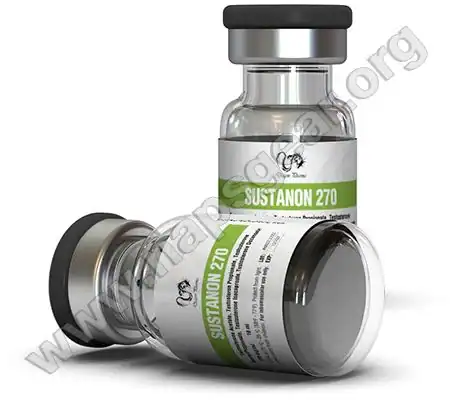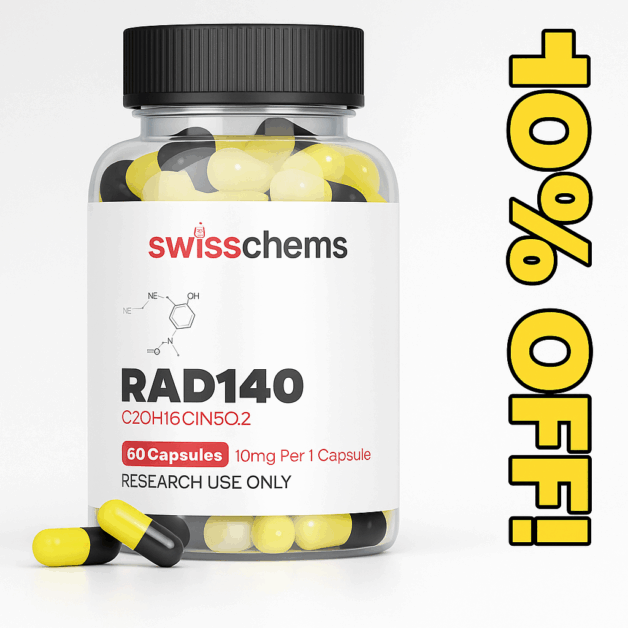Lifters want recovery, not regression. But if you’re dosing ibuprofen like pre-workout candy, here’s what you need to know.
The Core Question:
Do common anti-inflammatory meds like ibuprofen, naproxen, or prednisone hurt muscle growth?
The short answer: sometimes yes — and sometimes no.
It depends on the type of drug, the dosage, and most importantly, your age and training goals.
Why Inflammation Isn’t Always the Enemy
Let’s back up. When you train hard — think deep squats, eccentric overload, drop sets — you create tiny tears in your muscle fibers. That’s not a bad thing. Your body responds by sending in inflammatory messengers to start repairing the damage and building you back stronger.
That inflammation isn’t just a side effect — it’s part of what triggers muscle protein synthesis (MPS). So, if you block that response with an anti-inflammatory drug too often, you could be dampening the very signal your body needs to grow.
What Happens When You Take NSAIDs?
NSAIDs (non-steroidal anti-inflammatory drugs) include common names like:
-
Ibuprofen (Advil, Motrin)
-
Naproxen (Aleve)
-
Aspirin (at higher doses)
They block COX enzymes, which are involved in the production of inflammatory prostaglandins — which sounds good if you’re sore, but may interfere with growth signaling after training.
👉 In younger lifters:
Chronic, high-dose NSAID use has been shown to blunt muscle gains over time.
In one study, young men who took 1,200 mg of ibuprofen daily had significantly less hypertrophy after 8 weeks of training compared to those taking only low-dose aspirin.
👉 In older adults:
Surprisingly, NSAIDs may help.
Age-related muscle loss (sarcopenia) is linked to chronic low-grade inflammation, and reducing that may improve muscle protein synthesis and training response. One study found that older individuals who took ibuprofen after training saw better muscle growth than those who didn’t.
The Data: Fast Breakdown
| Population | NSAID Use | Outcome |
|---|---|---|
| Young Men | 1,200 mg ibuprofen daily | ↓ Hypertrophy, ↓ strength gains |
| Older Adults | 1,200 mg ibuprofen daily | ↑ MPS, ↑ muscle repair |
| Acute Use (All) | 400–600 mg occasionally | Negligible to mild impact |
So the story isn’t simple. It’s not “NSAIDs = bad.” It’s “NSAIDs, in the wrong person, at the wrong time, in the wrong dose = potentially bad for gains.”
What About Corticosteroids?
This is a different animal entirely.
Corticosteroids like prednisone, dexamethasone, or methylprednisolone aren’t just anti-inflammatory — they’re catabolic. They work by suppressing your entire immune system, and with that comes a big tradeoff.
Long-term corticosteroid use can:
-
Increase muscle breakdown (MPB)
-
Lower testosterone production
-
Suppress satellite cell activity (which you need for muscle repair)
-
Worsen insulin sensitivity (bad for nutrient partitioning)
If you’ve ever seen someone on high-dose prednisone lose muscle seemingly overnight — now you know why.
Even short-term use of oral corticosteroids during intense training can interfere with recovery and hypertrophy.
Use only under medical supervision — and understand the cost.
Do Topicals (Gels & Creams) Hurt Muscle Growth?
This one’s important for lifters treating tendinitis, elbow pain, or joint issues.
Topical NSAIDs (e.g., diclofenac gel like Voltaren) or hydrocortisone creams are generally safe from a muscle-building perspective because:
-
They act locally, not systemically
-
They don’t meaningfully alter whole-body inflammatory signaling
-
MPS remains unaffected in most data
So if your elbow’s barking after skullcrushers and you rub in some Voltaren, you’re probably not wrecking your gains.
Aspirin: A Different Beast
Aspirin is technically an NSAID, but it works differently — especially in low doses (like 81 mg daily for heart health). It irreversibly inhibits COX-1 more than COX-2, which means:
-
Minimal effect on post-workout inflammation
-
No strong evidence it reduces muscle growth or recovery
-
May be neutral or even slightly beneficial in older or inflamed populations
In contrast, high-dose aspirin (600–1,000 mg multiple times per day) starts to behave more like ibuprofen and carries similar risks.
So… Should You Take Anti-Inflammatories or Not?
Let’s simplify the decision-making:
✅ OK to Use:
-
Occasionally, after brutal sessions (600 mg ibuprofen max)
-
If you’re 50+ and dealing with chronic joint pain or systemic inflammation
-
For injuries (with short-term, guided use)
❌ Better to Avoid:
-
Daily high-dose NSAID use (especially in young lifters)
-
Long-term corticosteroids unless medically required
-
Popping anti-inflammatories “just in case” after every session
The Real Strategy for Recovery
If you’re turning to pills after every leg day, you’re treating the symptom, not the cause.
The best way to reduce soreness, improve recovery, and maximize MPS?
-
Protein timing: Get 20–40g of quality protein post-workout
-
Sleep: 7–9 hours of real, unbroken sleep
-
Hydration: Even mild dehydration blunts MPS
-
Nutrition: Anti-inflammatory foods (omega-3s, tart cherry, turmeric) support recovery
-
Periodization: Not every session should bury you
The Takeaway: Context is Everything
Are anti-inflammatories bad for muscle? Sometimes.
But they’re not evil — they’re a tool. And like any tool, you have to know when and how to use them.
Young lifters chasing PRs?
Be cautious. Chronic high-dose use will interfere with hypertrophy.
Older athletes managing inflammation?
Smart, occasional use might help you train harder, longer, and more consistently.
Everyone else?
Save the NSAIDs for when you really need them. Your muscles will thank you.
Cited Research:
-
Trappe et al., 2002 – MPS in older adults
-
Lilja et al., 2018 – NSAIDs and hypertrophy
-
Krentz et al., 2008 – NSAIDs in young men
-
Braun & Marks, 2015 – Corticosteroids and lean mass
-
Mikkelson et al., 2020 – Topical NSAIDs and recovery
-
Soreide et al., 2022 – Ibuprofen and strength in trained men
